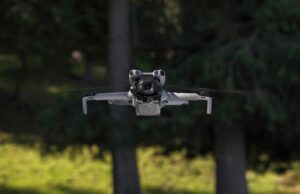Gone are the days of robots needing arms, with a group in Switzerland teaching a robotic dog to use one of its legs instead.
A robot dog has been taught how to open door doors, press buttons, and even pick up a rucksack through the use of machine learning.
Philip Arm and his colleagues at ETH Zurich, a public research university in Switzerland, have used a machine-learning model to teach an ANYMal robot how to balance on three legs and use the other to carry out tasks.
Speaking to the New Scientist, the researcher explains the reasoning for making this into a reality: “We cannot do everything with the legs that we could do with an arm – right now, a hand is way more dexterous.
“But the point is really to make this work for applications where you maybe have mass constraints, or we don’t want to have that additional complexity, like for space exploration where every kilogram of such a robot counts.”
In this scenario, the machine-learning model was given the objective of finding a specific point in space with one of the robot’s legs. The model then worked out how to control the remaining three, while balancing and walking or standing. Typically, a robot with four legs and two arms can be of considerable weight, making the device less agile than people may require.
People working within the Robotics Systems Lab at the University have also been expanding on this, with research into lifelike agility by learning from animals. They’ve looked at ANYmal tails for stability during discontinuous locomotion too.
What is the ANYmal robot?
Created by ANYbotics, the ANYmal is described as being a ‘robust, autonomous, agile inspection solution with ready-to-go high-quality sensors.’ The team at ETH Zurich has been using it throughout their projects.
It was designed to be a rugged four-legged robot that can carry out inspection and manipulation tasks. It’s even said to be able to operate in rain, snow, wind, waterlogged rooms, and dusty environments.
Featured image: AI-generated in Ideogram







